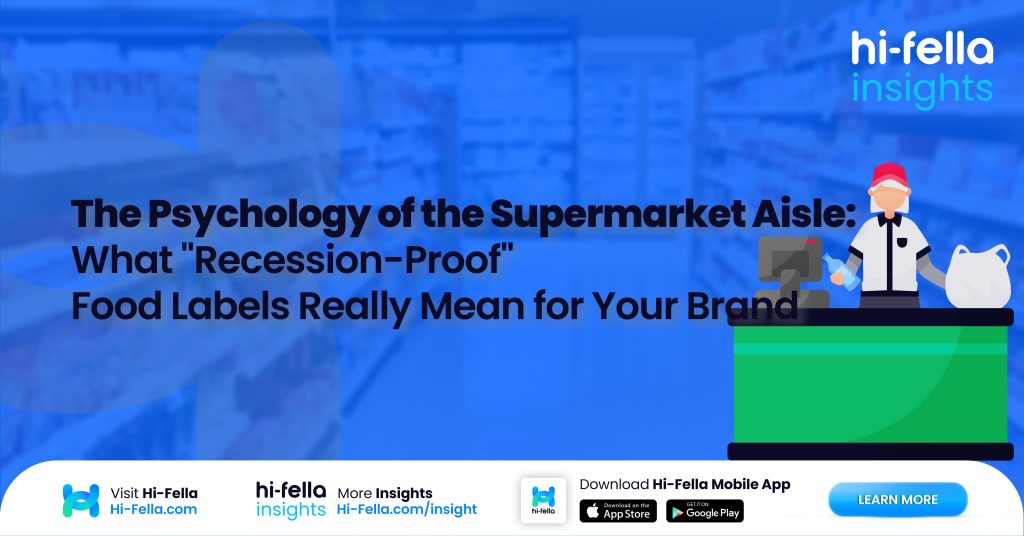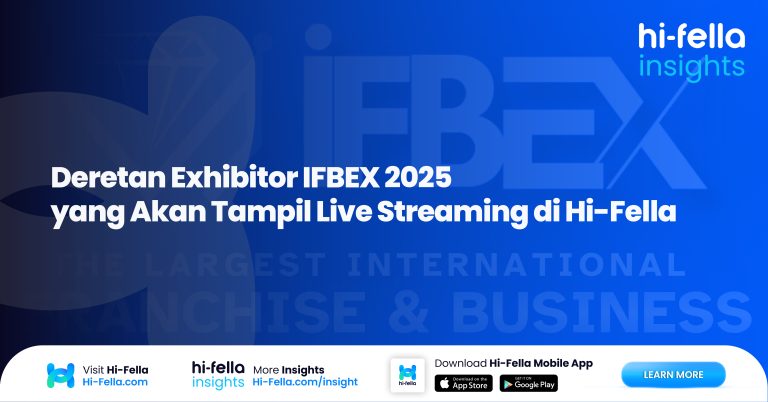In times of economic uncertainty, consumers’ purchasing behaviors shift significantly. As households tighten their belts, brands must adapt their marketing strategies to align with these changing mindsets. One of the most effective ways to capture consumer attention is through the use of food labels that convey value, health benefits, and trust. However, the psychology behind these labels goes deeper than just making a claim, they tap into our primal instincts and emotions, especially during recessions.
In this article, we’ll explore the psychology of supermarket food labels, particularly those touted as “recession-proof,” and examine what they mean for your brand. We’ll dive into why certain labels win during economic downturns, how to appeal to budget-conscious yet brand-loyal shoppers, how to adapt labels for different markets, and how design and color psychology can influence purchasing decisions. Ultimately, we’ll show how understanding these psychological triggers can give your brand a competitive edge in the supermarket aisle.
Table of Contents
Why Certain Food Labels Win in Uncertain Times
During economic downturns, consumer behavior becomes more cautious. People are increasingly concerned with where their money goes and are more discerning about their purchases. However, despite a shrinking budget, consumers continue to make purchasing decisions based on perceived value, health, and trust. The right food labels can trigger these factors, prompting shoppers to opt for specific products over others.
Behavioral Psychology Behind Effective Labels
Labels that emphasize health and value tend to perform well during uncertain times. The behavioral psychology behind this is rooted in consumers’ desire to feel in control, safe, and secure during periods of financial stress. For example, food labels like “value pack”, “immune-boosting”, “natural”, and “no added sugar” appeal directly to these psychological triggers. These labels promise not just savings, but also enhanced well-being, a priority for many as they strive to balance nutrition and financial concerns.
Global consumer sentiment data from sources like Nielsen and McKinsey reveals that claims like these help sustain sales even when budgets tighten. For instance, immune-boosting claims surged in popularity during the COVID-19 pandemic, as consumers sought products that offered both physical health benefits and emotional reassurance. Similarly, labels that emphasize natural ingredients or no added sugar create trust and transparency, encouraging consumers to choose products they believe are healthier for both their bodies and their wallets.
Proven Labels that Drive Purchases
According to NielsenIQ, products that carry labels signaling value, health, or sustainability tend to outperform during recessions. Labels such as “high in protein,” “gluten-free,” or “low in carbs” are especially popular as they tap into the desire for better health, with the added benefit of being perceived as smart, practical choices. By offering both savings and the promise of better health or wellness, brands can tap into these dual drivers of purchasing decisions.
The Rise of the Budget-Conscious but Brand-Loyal Shopper
One of the most significant changes in consumer behavior during a recession is the rise of the budget-conscious but brand-loyal shopper. While many consumers may trade down on price, they still want to feel like they are getting good quality for their money. This presents an opportunity for brands to find a balance between affordability and perceived quality, and to position themselves as a reliable choice even in difficult times.
How Brands Can Balance Affordability and Quality
Consumers are more likely to choose private label foods over branded products during times of economic strain because of their lower price point. Retailers like Walmart, Target, and Costco have capitalized on this shift by increasing the variety and quality of their private label offerings. However, this doesn’t mean that established brands are doomed.
Legacy food brands can survive by reformulating or resizing products, offering slightly smaller portions or adapting to the needs of recession-focused shoppers. For instance, many brands have introduced value packs or downsized packaging to make their products more affordable without compromising on quality or identity. The key for legacy brands is to maintain their brand identity while offering more affordable options that still promise quality, taste, and nutrition.
The Power of Brand Loyalty in Recessionary Times
Brand loyalty plays a significant role in this space. Shoppers may reduce their frequency of purchases, but they are less likely to abandon a trusted brand for an unknown competitor. Brands that can maintain the perceived quality of their products, even at lower price points, can continue to retain their loyal customer base.
Brands that are transparent about their ingredient sourcing, product quality, and commitment to sustainability can also build long-term trust with budget-conscious consumers. Transparency in labeling, such as clearly indicating where ingredients come from or how a product is made, reassures customers and builds brand loyalty during tough times.
Label Language That Converts Across Borders
While recession-proof labels are powerful tools in certain markets, understanding how these labels are interpreted across borders is crucial for international exporters. Different cultures and regions prioritize different types of claims, and what works in one country may not have the same impact in another.
How Recession-Proof Labels Vary by Region
For example, in Southeast Asia, terms like “fortified” or “boosting immunity” are highly sought after due to a cultural focus on wellness and physical health. These terms resonate deeply with consumers in countries like Indonesia and Malaysia, where traditional herbal medicine is widely practiced. Products that promise immune support and fortified nutritional content tend to perform well in this market.
In Europe, “clean-label” foods—those with no artificial additives or preservatives—are in high demand. European consumers, particularly in markets like Germany and France, place significant importance on the purity and transparency of the products they consume. Labels that emphasize organic, non-GMO, or no artificial ingredients tend to drive purchasing decisions in these regions.
On the other hand, “shelf-stable” claims are more prominent in Latin America, where many countries face supply chain and logistical challenges. Products that promise a long shelf life and the ability to withstand temperature fluctuations are more attractive in markets like Brazil and Mexico, where perishable goods may not always be available or easy to store.
Localization of Claims
The key takeaway for exporters is that localization matters. Brands must adapt their labels to the specific cultural and market preferences of the region they are targeting. This means that a straightforward translation of a label might not suffice; understanding the local psychology of food purchasing decisions is just as important as the product itself. A label that works in the U.S. may need to be adjusted to better fit the emotional drivers of consumers in other parts of the world.
Designing for the Eye and the Emotion
Beyond the words on a food label, the overall design plays a significant role in shaping purchasing decisions. During economic stress, when every purchase is weighed more carefully, consumers are drawn to products that look trustworthy, affordable, and appealing.
The Importance of Shelf Placement and Color Psychology
The placement of products on the shelf and color psychology are key factors in the decision-making process. Red, often associated with urgency or excitement, can prompt quick decisions, while blue is universally recognized as a color that symbolizes trust and reliability. For food labels, using blue for health-related products or red for sales-driven promotions can increase appeal and drive attention.
The typeface is another design element that influences trust. Simple, clean fonts are perceived as more credible and straightforward. Consumers are less likely to trust brands that use overly complicated or ornate fonts, especially in times of economic uncertainty when clarity and simplicity are valued.
Practical Tips for F&B Exporters
For small food exporters looking to revamp their packaging, focusing on clear, legible design with color psychology in mind can have a big impact. Even small adjustments, such as choosing colors that evoke trust or urgency, or switching to a simpler, more modern typeface, can help a product stand out on the shelf without a large investment.
Join Hi-Fella Today!
In a marketplace where emotions, trust, and perceived value drive purchasing decisions just as much as pricing, brands must understand the psychology behind supermarket food labels. Whether you’re an exporter aiming to tailor your labels for international markets or a brand trying to capture the attention of recession-conscious shoppers, Hi-Fella offers the tools and connections to help your brand succeed in global food trade.
Hi-Fella enables exporters and buyers to connect, share insights, and stay ahead of evolving market trends. Whether you’re looking to meet shifting consumer preferences or navigate complex global markets, Hi-Fella is your gateway to smarter trade partnerships.








